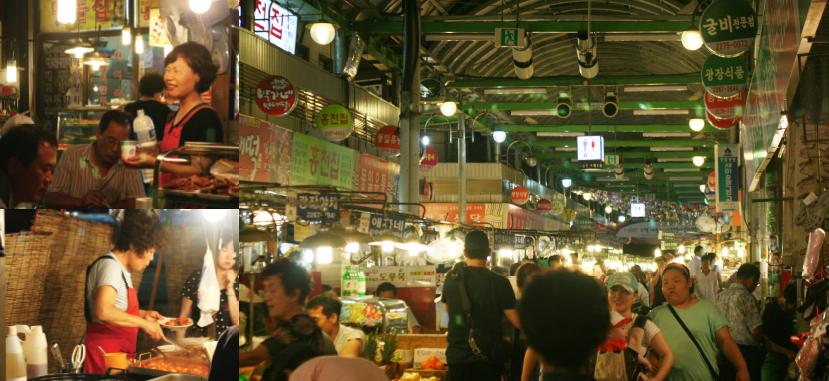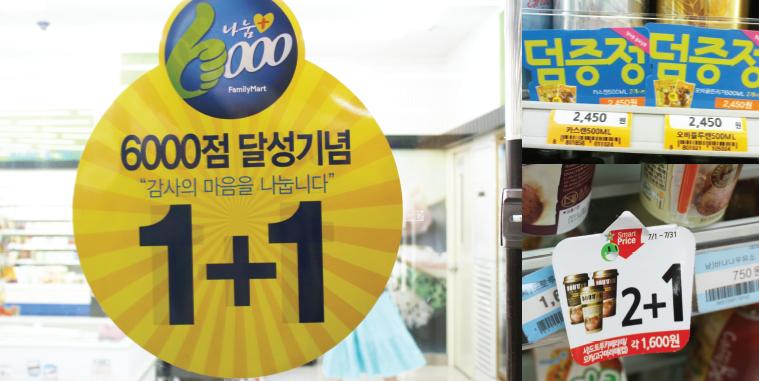There is a bunch of bananas. The Jews induce consumers to buy rationally by selling by a piece and doing inventory control through exact figures. On the other hand, Chinese wait insistently for a person who buys all the bananas to maximize profits despite the risk of waste disposal. Then how about Koreans? Koreans use a distinctive method diffent from others. They give an extra banana when consumers buy a bunch of them. It is the culture of Dum.

It was a Sign of Affection
In the past, Dum was limited in to the traditional marketplace. When consumers started to haggle, sellers’ responses were according to Dum.1 At first, it seems economically damaging. However, finally it attracts regular customers easily and other people with them by giving some more as Dum. Therefore Dum is not just a business skill to dispose of stock but a sign of affection. It was Korean’s own sharing culture. However, as humankind entered modern times, it became normal worldwide to put more emphasis on objective reason than romance. Then many Koreans think our own culture of Dum disappeared in this process, but it still lives in our society.
A New Face
It’s not just living. As numerous kinds of consuming markets sprang up, Dum started to spread
rapidly in Korea. Now you can find new dum called ‘Dum marketing’ everywhere such as big
discount stores, department stores, cybermalls, and so on. Freebie events, for example giving tins
with a box of coffee, is an example. ‘One more’ way ,so called 1+1, is an another example. Also, the strategy of giving more when people buy several other things is developed kind of 'one more' way. Image of Dum has become more various. Furthermore, Dum is not limited only to stores where people buy and sell items. With shouting from passengers riding a roller coaster, the operator may activate the ride one more time. The owner of a singing room gives extra time
spontaneously without specific demand. When people go to Korean restaurants side dishes are
given gratis. Now it is not too much to say that Dum has become culture in Korea.
The Prusiut of 'Real' Dum
However recent ‘Dum marketing’ is made competitively, not voluntarily by request of strong stores. The problem is competitive Dum like this aggravates profit structure and it leads to a price advance. Therefore, it damages manufactures and consumers. Also, there is another problem that dum leads to unnecessary purchases and encourages excessive consumption. A 21 year-old Kyunghee University student said, “I once bought needless things to get a freebie that was house shoes in a department store. I had to buy things over 30,000 won to get it.”2 The reason of these problems is there is no sharing in the recent culture of Dum. Now Dum is thought as just an implement to increase sales without the entire meaning of the relational promise between humans in the past. “Original culture of Dum had strong meaning that is getting people than getting more protits amount. Through this process, people naturally brightened the chain and community spirit was formed,” explained culture critic Kim Hakchoon. Mind knowing to share was our own real meaning or Dum. Despite the small thing in quantity, giving big impression in mind was our own real image of dum. In the present, when nobody can find free-competition, don’t you miss the ‘real’ Dum?

▲ ALL PHOTOS BY HS
1 Lee Namsoo, 「Meaning and effect in deal?」, Korean Management Academy, 2010
2 Kim Hakchoon, 「Warm-hearted Dum」, The Hankook Ilbo, 2009.09.16


